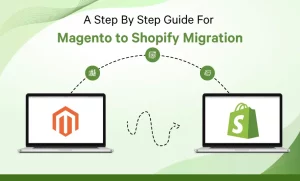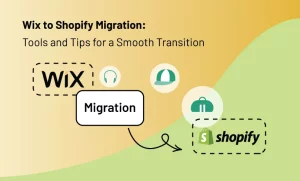WordPress To Shopify Migration
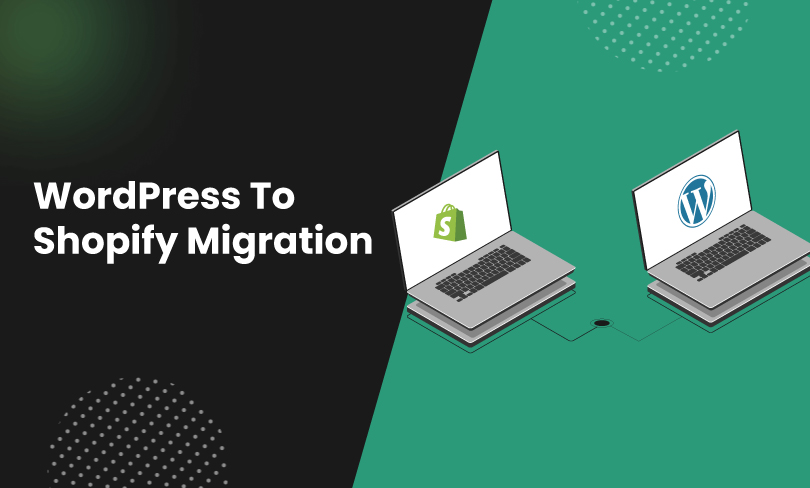
Looking to migrate your website from WordPress to Shopify? Look no further! ShopifyAid is a trusted brand in the field of e-commerce solutions, that specializes in providing expert assistance and support throughout the WordPress to Shopify Migration process. With ShopifyAid’s genuine expertise and dedication, businesses can confidently migrate their websites to Shopify, leveraging its robust features and user-friendly interface to enhance their online presence and drive sales.
Key Steps for a Seamless WordPress to Shopify Migration
Migrating your website from WordPress to Shopify can be a daunting task, but it can also be a smart move for your business. Shopify is a powerful e-commerce platform with numerous features and benefits for online businesses. By migrating to Shopify, you can take advantage of its user-friendly interface, robust security measures, and extensive app store.
In this blog, we will discuss the key steps for a seamless WordPress to Shopify migration. We will cover everything from preparing for the migration to launching your new Shopify store. By following these steps, you can ensure a smooth transition and set up your website for success.
Essential Steps for a Smooth WordPress to Shopify Migration
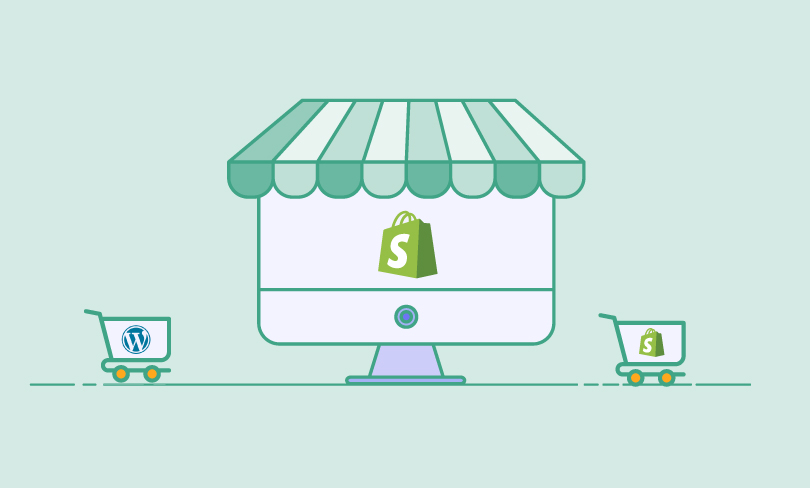
Discover the essential guidelines and best practices to successfully transition your website and maintain its functionality on the Shopify platform.
Here are the key steps for a seamless WordPress to Shopify migration:
Pre-Migration Preparation: Before migrating your WordPress site to Shopify, it is important to prepare for the migration. This includes creating a backup of your WordPress site, setting up a Shopify account, and choosing a plan that suits your business needs and budget. You may also need to consider adapting your site’s design and functionality to fit Shopify’s platform.
Transport WordPress Data & Content: The actual migration of your WordPress site to Shopify involves transferring your products, customer data, and content from WordPress to the Shopify platform. This can be done using migration apps, copy and pasting, or CSV exporting and importing.
Verify Product Integrity: After migrating your data and content, it is important to verify the integrity of your products. This involves ensuring that your products are correctly displayed on your Shopify store and that their descriptions, prices, and images are accurate.
Configure Shipping, Tax, and Payment Calculation: Once your products are verified, you need to configure your shipping, tax, and payment calculation settings. This includes setting up shipping zones, rates, and methods, as well as configuring tax rates and payment gateways.
Test Your Store: Before launching your Shopify store, it is important to test it thoroughly to ensure that everything is working as expected. This includes testing your products, shipping, tax, and payment calculation settings, as well as your checkout process.
Launch Your Store: Once you have tested your Shopify store and are satisfied with the results, you can launch it. This involves making your store live and promoting it to your customers.
Common Challenges and Solutions for Migrating Your Website from WordPress to Shopify
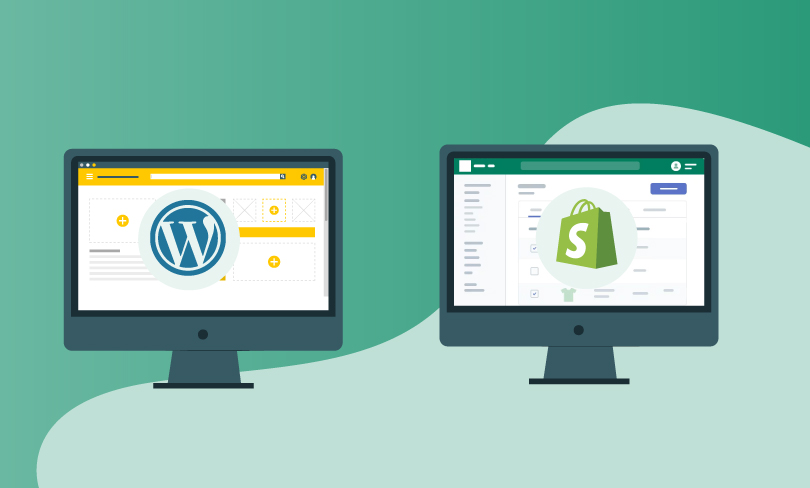
Migrating your website from WordPress to Shopify can be a complex process, but it can also be a smart move for your business. Here are some common challenges you may face during the migration process and their solutions:
Design and Theme Compatibility: One challenge you may face is ensuring that your WordPress design and theme are compatible with Shopify. Shopify uses a different platform and coding language than WordPress, so you may need to adapt your site’s design and functionality to fit Shopify’s platform. You can choose a Shopify theme that fits your store brand and customize it to your liking.
SEO Preservation: Preserving your search engine optimization (SEO) rankings during the migration process is important. You can use 301 redirects to redirect your WordPress URLs to your new Shopify URLs. This can help preserve your SEO rankings and ensure that your visitors can still find your content.
Custom Functionality and Integrations: If you have custom functionality or integrations on your WordPress site, you may need to recreate them on your Shopify store. Shopify has a wide range of apps and integrations available, but you may need to hire a developer to create custom functionality for your store.
Final Words
In conclusion, migrating from WordPress to Shopify requires careful planning and execution, but it doesn’t have to be a daunting task. By systematically following the key steps discussed, you can ensure a smooth transition while minimizing any disruptions to your online business. Remember, the goal is to maximize the potential of Shopify’s e-commerce functionality, without losing your hard-earned SEO rankings and website traffic. It’s always wise to back up data, set up your Shopify store properly, and test thoroughly before going live. Ultimately, the complexity of migration depends on your unique requirements. Therefore, consider seeking help from a professional Shopify Development Company if necessary, to ensure a seamless WordPress to Shopify migration.
 Back to blog
Back to blog 
